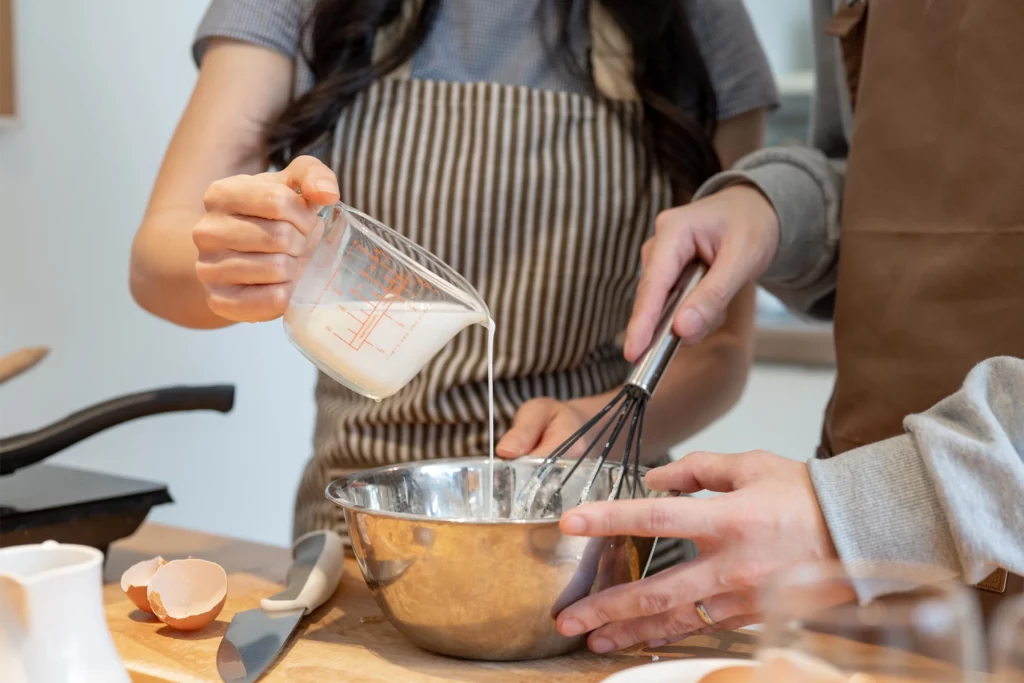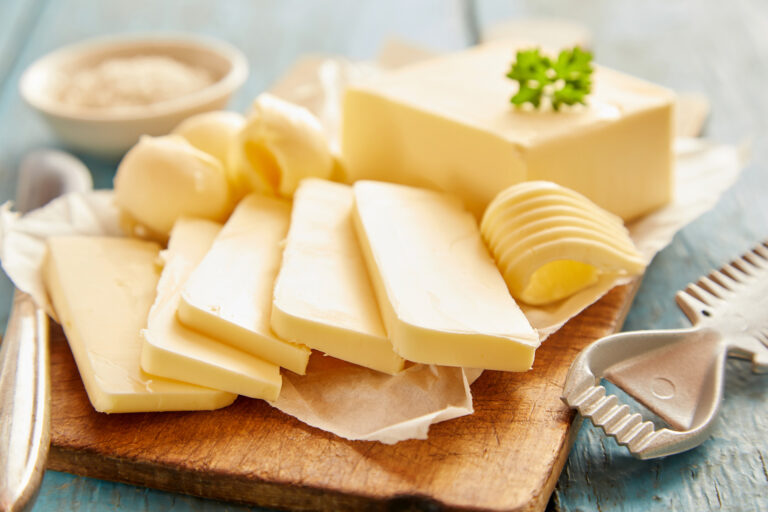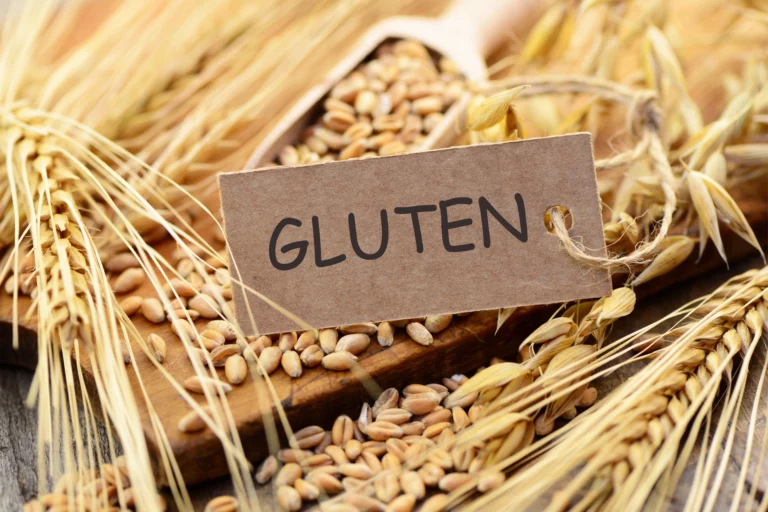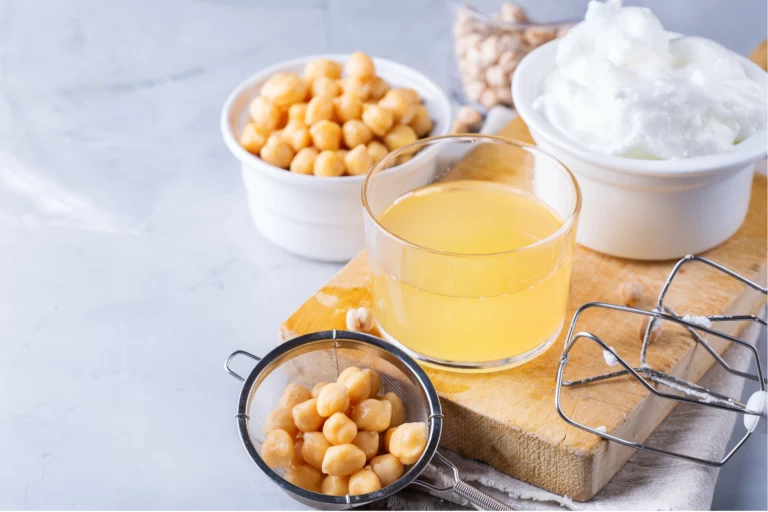The Role of milk in baking
Milk is made up of 87.2% water, 4.7% sugar, and 3.4% protein (casein), with the remainder consisting of fat, vitamins, and minerals.
In baking, milk plays three main roles:
Flavor : with its distinctive dairy aroma, it sweetens recipes and enhances other flavors thanks to its fat content.
Color : it contributes to browning during baking.
Texture : it hydrates doughs and allows the starch in flour to swell, adds creaminess to preparations, and helps bind creams together.
Why replace milk ?
Before diving into plant-based milk alternatives for baking, it’s important to understand why some people choose to make the switch:
1- Ethics
LTraditional dairy production is linked to the exploitation of cows, which raises ethical concerns. Plant-based alternatives allow you to enjoy baking without contributing to this issue.
2- Health
Plant-based milks are generally healthier than cow’s milk. Naturally cholesterol-free, they’re lower in saturated fat and suitable for people with lactose intolerance or dairy allergies.
3- Environment
Dairy production has a significant environmental impact, from resource use to greenhouse gas emissions. Choosing plant-based alternatives is a way to reduce your ecological footprint.
Plant-Based Milk Alternatives in Baking
The most common (and easiest to find in stores) alternatives are:
Soy milk
An excellent substitute for all types of baking, since its proteins are similar to cow’s milk, giving it the same properties. However, soy can mute flavors, so it’s best to use vanilla-flavored soy milk or add extra flavoring to your recipes to balance it out. Be sure to choose an unsweetened version to avoid excess sugar.
Almond milk
A popular choice in vegan baking. Its light texture and mild flavor pair well with many recipes. Perfect for muffins, cakes, and pancakes.
Oat milk
Creamy and slightly sweet, oat milk is ideal for pancakes, waffles, and cookies — a great choice for snack time. 😉
Rice milk
Light and delicate, rice milk works beautifully in recipes like puddings and custards. Since it’s higher in carbs, reduce the amount of sugar in your recipes when using it.
Coconut milk
A must for tropical-inspired recipes such as coconut tarts and custards. Thanks to its high fat content, it can be whipped into a cream topping — just like whipped cream!
Cashew milk
Smooth, rich, and creamy, cashew milk is an excellent choice for vegan cheesecakes and puddings.
Hazelnut milk
With its delicious nutty flavor, this is the go-to milk for brownies and chocolate-based desserts!
Perfect for rustic-style baking, spelt milk works wonderfully in fruit tarts and cookies.
Chestnut milk
Highly aromatic, chestnut milk pairs beautifully with chocolate desserts. Since it’s rich in carbs, opt for an unsweetened variety to keep your sugar levels balanced.
Personally, I love using soy milk because it behaves most like cow’s milk and prevents surprises during baking. I also like oat milk for cookies or almond milk for creams.
Each plant-based milk has its own unique properties and flavors, so I encourage you to experiment and find the best combinations for your recipes.
With such a wide variety of options at your fingertips, it’s never been easier to create incredible new desserts. So go ahead, give them a try!




